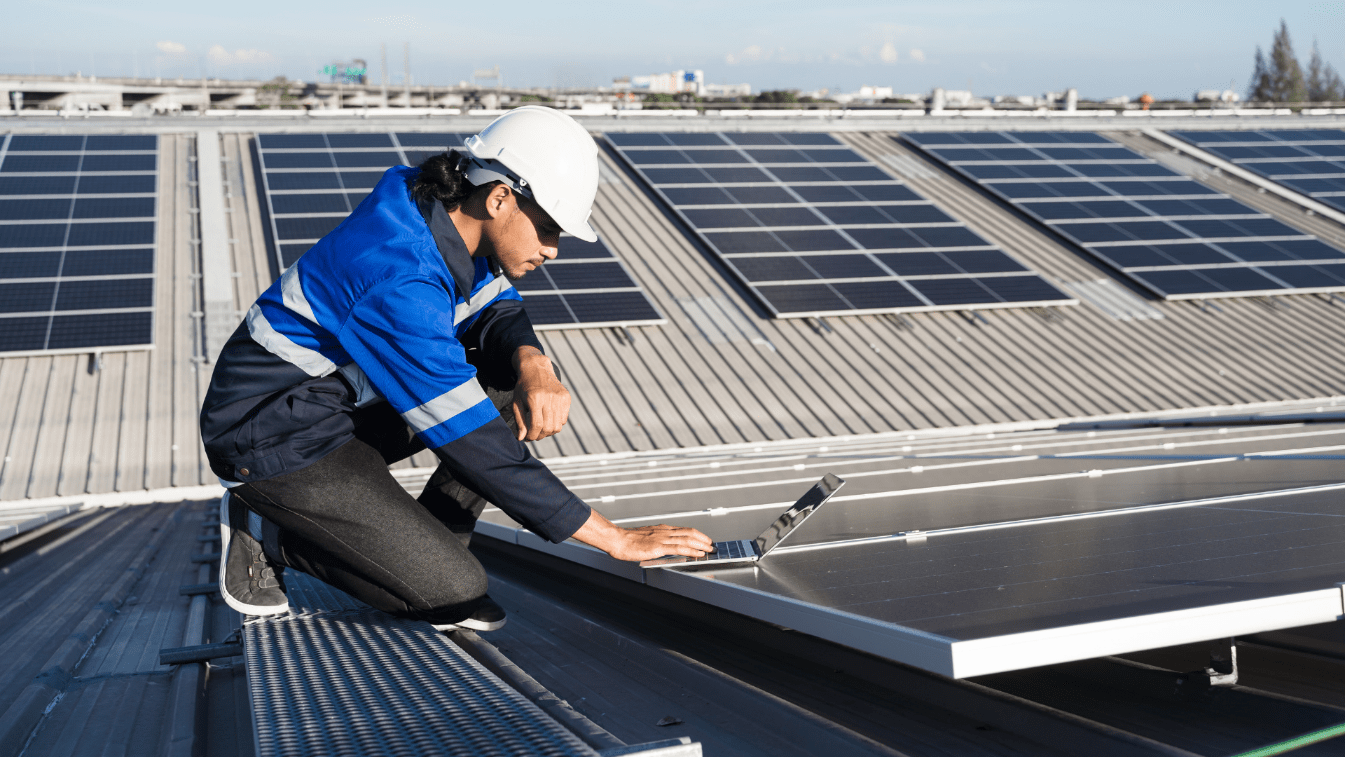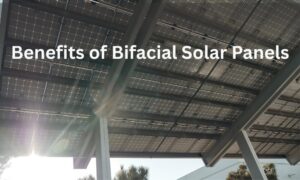On This Page
Australia has the highest uptake of solar globally, with around 30% of homes with rooftop solar PV. As of 31 January 2022, more than 3 million rooftop solar PV systems have been installed across Australia. The cost of a home solar PV system starts at around $3500 for a basic installation. Prices are steadily coming down as demand and mass production increase. (Source: Department of Climate Change, Energy, the Environment and Water – energy.gov.au)
Technology and the market are developing quickly. Solar PV systems are significant and are designed to be long-term investments that, once paid for, will provide free electricity during the daytime for its owner, saving them money. A solar panel can be placed such that it faces the sun for most of the day, but it will only generate power by how long a day is for that area and time of year. Users of solar energy estimate the daily solar power supply using “equivalent peak sun hours.”

The placement of house solar panels is just as important as the type of solar panel utilised in a certain setting. The general rule for placing solar panels in the southern hemisphere is to face the true north (and in the northern hemisphere, true south). Remember that the true south is geographic, not magnetic, when talking about the genuine south. In other words, rather than using the directions on a compass, you should orient your solar energy system based on the lines of longitude on a map.
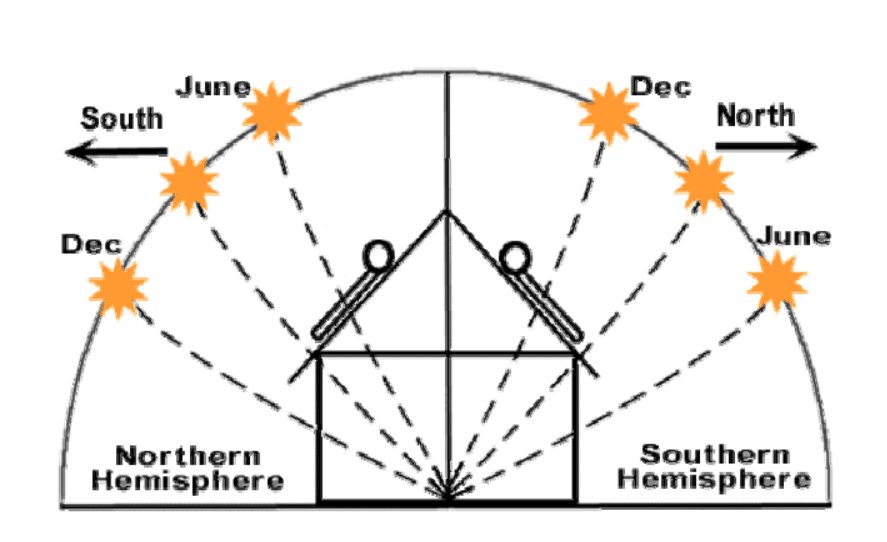
Solar mapping tools
Solar panel mapping tools or programmes can help you maximise your solar potential.
National map
National Map is an online map-based tool with a fully open design that enables quick access to geographical data from the Australian government. Geoscience Australia (GA) partners with CSIRO’s Data61 to manage National Map to organise data and develop software.
- provides easy access to authoritative and other spatial data to the government, businesses and the public
- facilitates the opening of data by federal, state and local government bodies
- provides an open framework of geospatial data services that supports commercial and community innovation
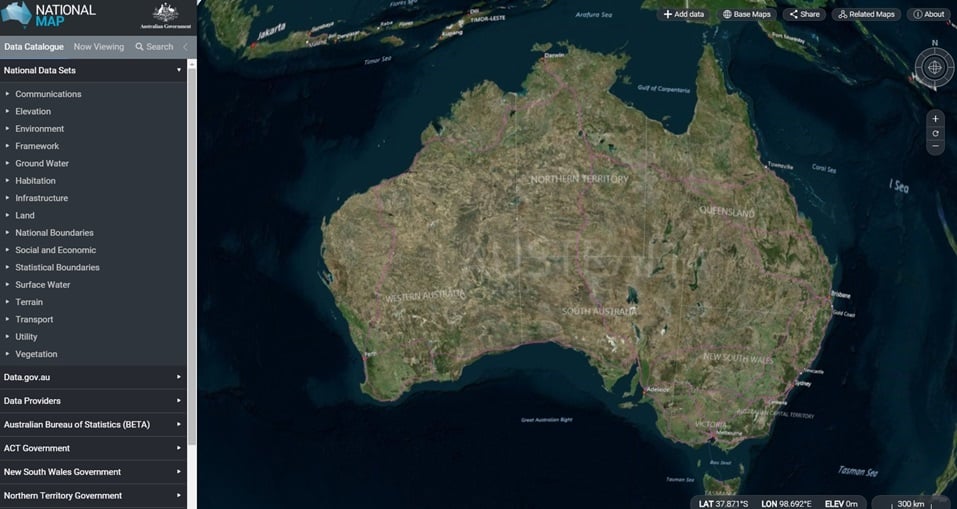
Australian PV Institute (APVI) solar mapping tools
An interactive national map and chart that displays real-time performance information for solar PV installations across Australia are available on the APVI website.
The live solar PV map or APVI solar PV maps and tools track the uptake and impact of solar PV across Australia to help inform research and investment decisions.
The map incorporates
- information on how much PV is installed in Australia including estimated electricity generated each year and in which locations (identified by postcode)
- market data and trends
- historical and live performance data covering all main climate regions in Australia, contributing to Australia’s load by electricity market region.
This program has raised awareness, confidence, and information on PV performance and capacity. It gives users access to information that may be utilised to conduct excellent research on solar markets, performance, dependability, and integration with energy markets and networks.
The data can also be utilised to better understand the elements that improve PV electricity’s efficiency, dependability, and quality.
The Australian PV Institute is a non-profit, member-based organisation conducting collaborative research and analysing data. It provides reliable and factual information to support the growth and adoption of solar photovoltaics and related technologies.
The Australian Renewable Energy Agency (ARENA) has funded this project.
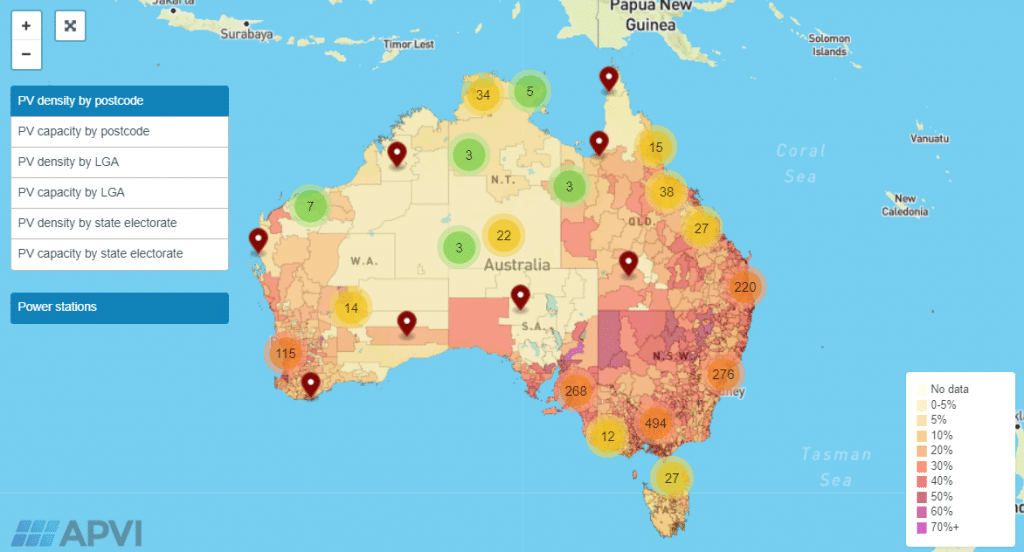
The difference between spatial and geospatial data
Geospatial data is time-based information describing objects, events or other features connected to a specific location on the earth’s surface.
The shape and location of components and borders, such as geographical features, structures, survey markers, parcels of land, street addresses, and local government and administrative boundary areas, are described by spatial data.
Large sets of spatial data are often gathered from numerous sources in various forms to generate geospatial data, which can contain information from different sources like social media, satellite imagery, weather, mobile phone data, and census data. The most beneficial use of geospatial data is when it can be found, shared, evaluated, and combined with traditional business data.

Types of solar PV systems
Solar PV or photovoltaic system means electricity as the movement of an electron. When the sunlight shines on solar cells, it causes electrons to release from their place, leaving a hole in which another electron can fall and interact with it. This occurrence is the Photovoltaic Effect or called solar PV. Photovoltaic is referred to as PV. Solar PV systems can be
- grid connected, on grid or grid tied – systems connected to the grid and roof-mounted solar power system with no batteries connected to it
- off grid, stand alone systems, Remote Area Power Supply (RAPS) – not connected to the grid
- hybrid – grid tied with solar battery backup

How to design a solar PV system?
- The sun shines on the solar panels generating Direct Current (DC) electricity.
- The DC electricity is fed into a solar inverter that converts it to 240V 50Hz AC electricity.
- The 240V AC electricity is used to power appliances in your home.
- Surplus electricity is fed back into the main grid.
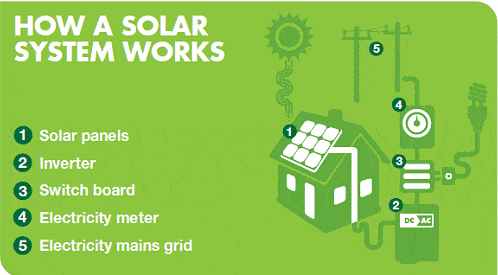
The solar inverter converts the DC electricity produced by the solar panels into 240V AC electricity, which can then be used by the property/household, exported to the grid, or stored in a solar battery storage system.
The major benefit of a more extensive solar PV system is that it will be simple to add a solar battery, utilise your solar inverter’s capability to its fullest extent, and simply generate more power during the day so that you won’t be as dependent on grid electricity. You can start making the most of your solar PV system by installing a solar battery, like the Tesla Powerwall 2.
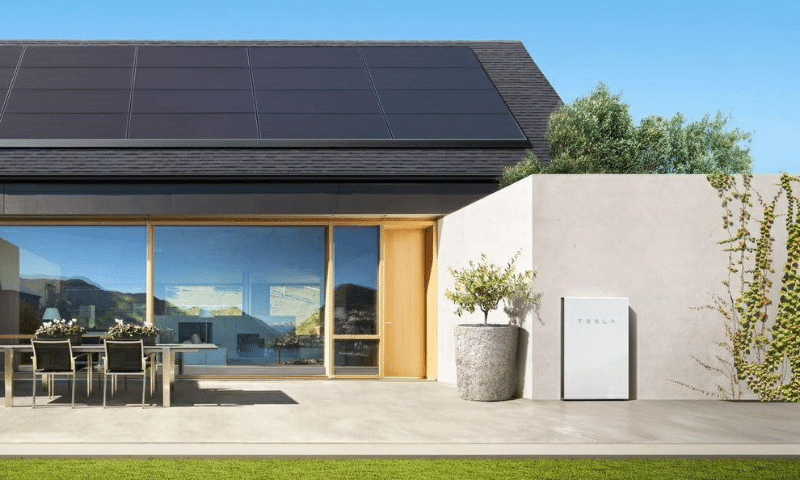
Installing solar panels
The cost of installing a solar system in Melbourne can vary greatly and be affected by various factors, including your location, the retailer or solar installer you choose, the solar rebates and incentives offered, and the solar panel size and technology of your system. Visit this page to determine whether you should install solar panels on your investment property.
Here are some important steps to consider:
- Get multiple solar quotes to find the best solar retailer for your needs
- Find out what federal and state government rebates and incentives are available
- Determine the effective solar power system and solar panel size for your needs and budget
- Check that your solar retailer can provide evidence that your new solar panels have been validated as genuine, meet Australian Standards, and have a warranty you can trust









